Sesbania Scop.
sesban, coffee weed, rattlebush, swamp pea
Fabaceae
Aeschynomene, Mimosa, Neptunia
tropical to warm regions of the world
(12 species plus numerous cultivated hybrids and varieties)
Sesbania spp.
S. aculeata (Willd.) Pers. [synonym of S. bispinosa (Jacq.) W.Wight]
S. bispinosa (Jacq.) W.Wight
S. cannabina (Retz.) Pers.
S. exalta (Raf.) Cory [synonym of S. herbacea (Mill.) McVaugh]
S. formosa (F.Muell.) N.T.Burb.
S. grandiflora (L.) Pers.
S. herbacea (Mill.) McVaugh
S. macantha E.Phillips & Hutch.
S. punicea (Cav.) Benth.
S. rostrata Bremek. & Oberm.
S. sesban (L.) Merr.
S. speciosa Taub.
tropical to warm regions worldwide
Sesbania herbacea, S. punicea, and S. sesban are significant weeds in some countries.
amphibiousamphibious:
(adj) of a plant able to live on land or in water
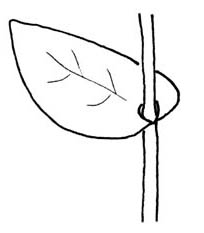 , floating or inundated shrubs, or trees
, floating or inundated shrubs, or trees
Medium to large shrub. Roots often nodulated, associated with nitrogen-fixing bacteria, may develop adventitiousadventitious:
(adj) of an organ growing where it is not normally expected, e.g., roots growing from a stem
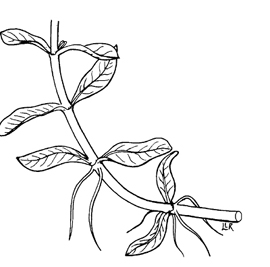 roots in standing water. Stems erect, sometimes floating, branched, glabrousglabrous:
roots in standing water. Stems erect, sometimes floating, branched, glabrousglabrous:
(adj) without hairs or scales
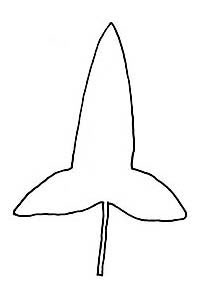 to pubescentpubescent:
to pubescentpubescent:
(adj) (1) covered with short, soft hairs; (2) bearing hairs
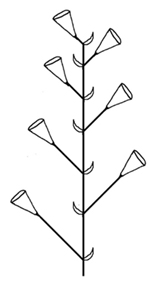 , may vary with age, sometimes angularangular:
, may vary with age, sometimes angularangular:
(adj) having projecting longitudinal angles; undulate, but sharply angled rather than gently rounded
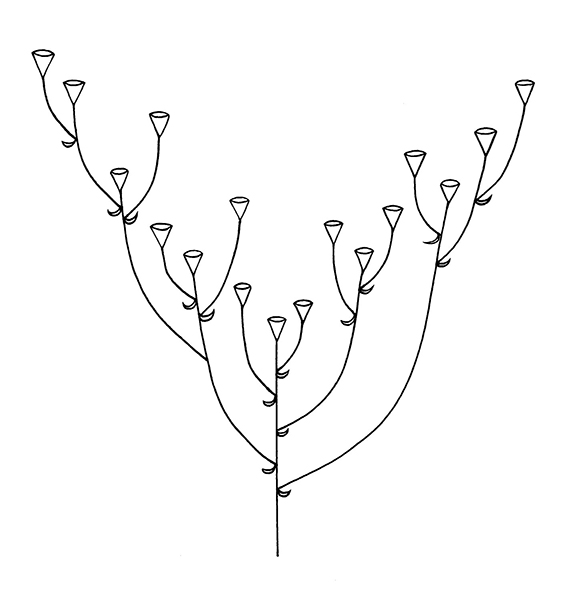 or striate, unarmed or with sharp prickles. Leaves alternatealternate:
or striate, unarmed or with sharp prickles. Leaves alternatealternate:
(adj) (of leaves) bearing one leaf per node; placed singly on the stem at different heights
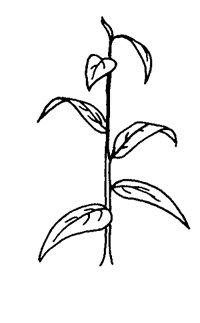 , compoundcompound:
, compoundcompound:
(adj) with two or more like parts, as in a compound leaf; divided into two or more subsidiary parts or orders, as in a compound inflorescence
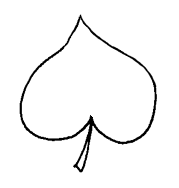 (paripinnateparipinnate:
(paripinnateparipinnate:
(n) a pinnate leaf in which all leaflets are paired and the terminal leaflet is absent
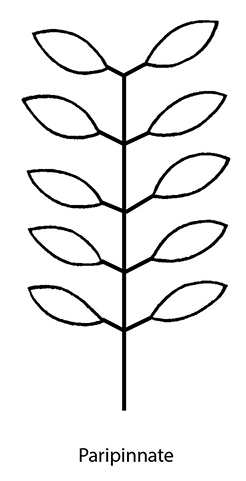 ); petiolatepetiolate:
); petiolatepetiolate:
(adj) relating to or in the form of a petiole; bearing petioles
 ; stipules deciduousdeciduous:
; stipules deciduousdeciduous:
(adj) shedding of parts at the end of their growing period, as with leaves; those trees or shrubs that drop their leaves at the end of the season
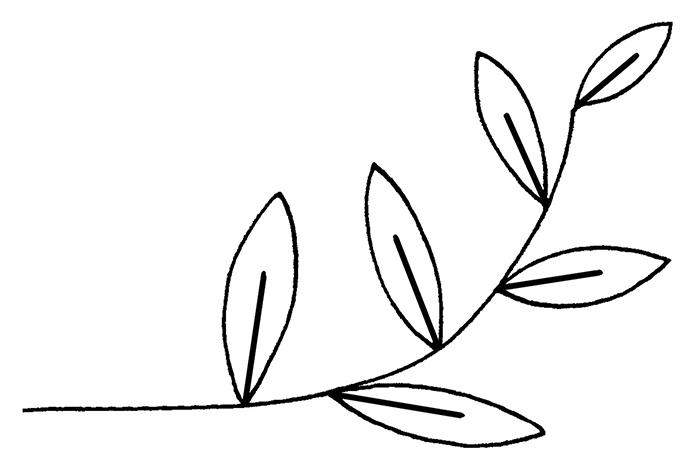 , linear-lanceolate to obloanceolate, apexapex:
, linear-lanceolate to obloanceolate, apexapex:
(n) the point farthest from the point of attachment; the tip (often pointed)
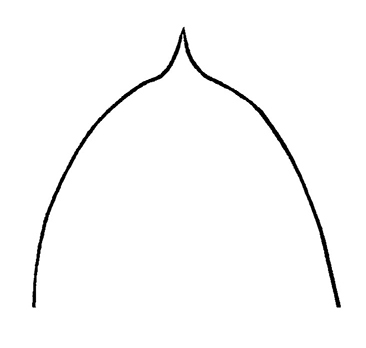 acute, glabrousglabrous:
acute, glabrousglabrous:
(adj) without hairs or scales
 or pubescentpubescent:
or pubescentpubescent:
(adj) (1) covered with short, soft hairs; (2) bearing hairs
 ; stipelsstipel:
; stipelsstipel:
(n) a small, stipule-like structure at the base of a leaflet
minute; rachisrachis:
(n) the main axis of, e.g., a compound leaf or an inflorescence
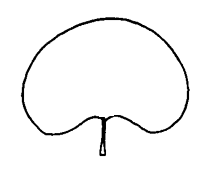 glabrous to pubescentpubescent:
glabrous to pubescentpubescent:
(adj) (1) covered with short, soft hairs; (2) bearing hairs
 , base sometimes with prickles. Leaflets subsessile or petiolulatepetiolulate:
, base sometimes with prickles. Leaflets subsessile or petiolulatepetiolulate:
(adj) having petiolules
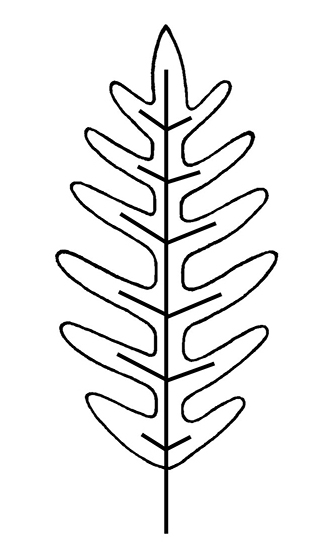 ; typically oblongoblong:
; typically oblongoblong:
(adj) two to four times longer than wide, with +/- parallel sides
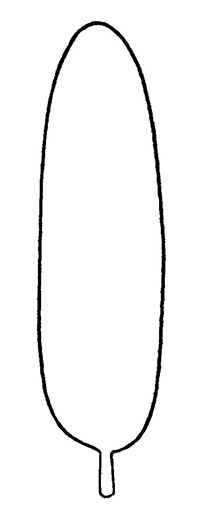 , or linear-oblong to ellipticelliptical:
, or linear-oblong to ellipticelliptical:
(adj) in the form of an ellipse (oval)
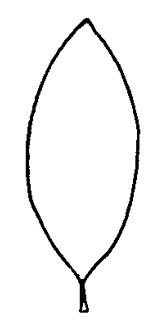 , glabrousglabrous:
, glabrousglabrous:
(adj) without hairs or scales
 to sparsely pubescentpubescent:
to sparsely pubescentpubescent:
(adj) (1) covered with short, soft hairs; (2) bearing hairs
 , sometimes punctate; apexapex:
, sometimes punctate; apexapex:
(n) the point farthest from the point of attachment; the tip (often pointed)
 rounded and mucronatemucronate:
rounded and mucronatemucronate:
(adj) tipped with a mucro
 ; base slightly asymmetric. Inflorescenceinflorescence:
; base slightly asymmetric. Inflorescenceinflorescence:
(n) the arrangement of flowers on the floral axis
 an axillaryaxillary:
an axillaryaxillary:
(adj) in, of, or produced from an axil
 1-20-flowered racemeraceme:
1-20-flowered racemeraceme:
(n) an indeterminate, unbranched inflorescence having pedicelled flowers on a usually elongated axis (may be cymose)
 ; pedunclepeduncle:
; pedunclepeduncle:
(n) the stalk of a flower cluster or inflorescence
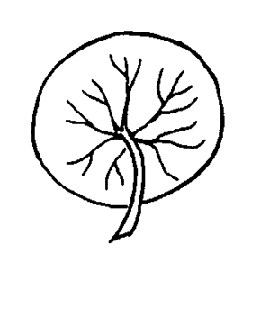 usually pubescentpubescent:
usually pubescentpubescent:
(adj) (1) covered with short, soft hairs; (2) bearing hairs
 , or glabrousglabrous:
, or glabrousglabrous:
(adj) without hairs or scales
 , base sometimes bearing prickles; bracts and bracteoles deciduousdeciduous:
, base sometimes bearing prickles; bracts and bracteoles deciduousdeciduous:
(adj) shedding of parts at the end of their growing period, as with leaves; those trees or shrubs that drop their leaves at the end of the season
 . Flowers zygomorphiczygomorphic:
. Flowers zygomorphiczygomorphic:
(adj) bilaterally symmetrical; symmetrical along only one plane
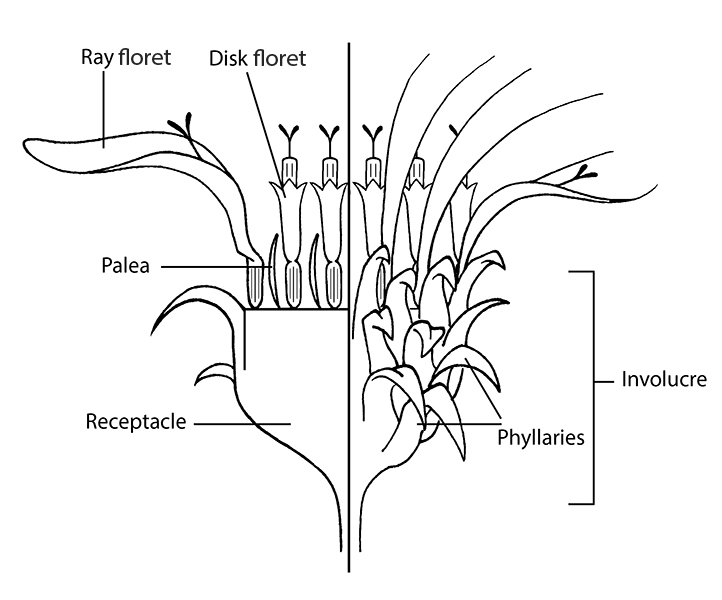 ; pedicellatepedicellate:
; pedicellatepedicellate:
(adj) borne on a pedicel
 ; white, yellow, pink to red, or mottled. Calyxcalyx:
; white, yellow, pink to red, or mottled. Calyxcalyx:
(n) the outer whorl of the perianth; all the sepals of a flower
 turbinate-campanulate, tube typically glabrousglabrous:
turbinate-campanulate, tube typically glabrousglabrous:
(adj) without hairs or scales
 , 5-lobed, lobes triangular to ovateovate:
, 5-lobed, lobes triangular to ovateovate:
(adj) egg-shaped in outline; generally with the broad end at or near the base
 , often ciliateciliate:
, often ciliateciliate:
(adj) with a marginal fringe of stiff hairs
 ; corollacorolla:
; corollacorolla:
(n) the inner whorl(s) of the perianth; all the petals of a flower
 pea-like; upper petalpetal:
pea-like; upper petalpetal:
(n) one segment of the corolla
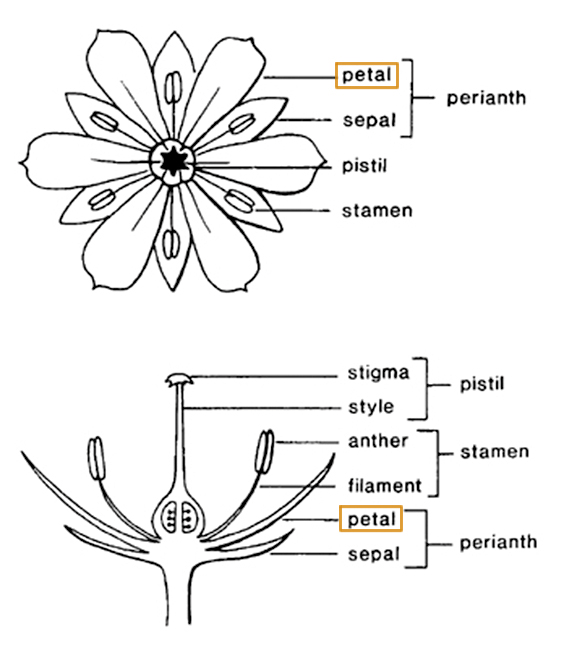 large, orbicularorbicular:
large, orbicularorbicular:
(adj) circular in outline
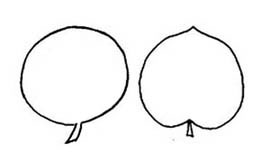 to ovateovate:
to ovateovate:
(adj) egg-shaped in outline; generally with the broad end at or near the base
 , apexapex:
, apexapex:
(n) the point farthest from the point of attachment; the tip (often pointed)
 shallowly notched, clawclaw:
shallowly notched, clawclaw:
(n) narrowed base of some petals and sepals
 often with 2 small appendages; wings oblongoblong:
often with 2 small appendages; wings oblongoblong:
(adj) two to four times longer than wide, with +/- parallel sides
 or oblongoblong:
or oblongoblong:
(adj) two to four times longer than wide, with +/- parallel sides
 -obovate, apexapex:
-obovate, apexapex:
(n) the point farthest from the point of attachment; the tip (often pointed)
 obtuseobtuse:
obtuseobtuse:
(adj) with a blunt or rounded apex and sides coming together at an angle of more than 90 degrees
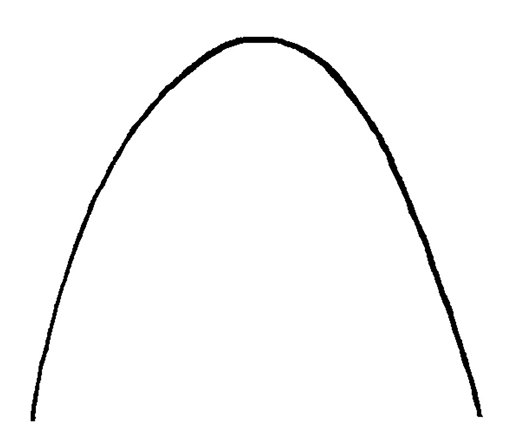 , clawclaw:
, clawclaw:
(n) narrowed base of some petals and sepals
 often shortly toothed; keelkeel:
often shortly toothed; keelkeel:
(n) a sharp crease or ridge
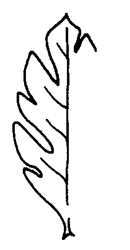 boat-shaped, incurved, clawed. Pod linear to cylindricalcylindrical:
boat-shaped, incurved, clawed. Pod linear to cylindricalcylindrical:
(adj) forming a nearly true cylinder
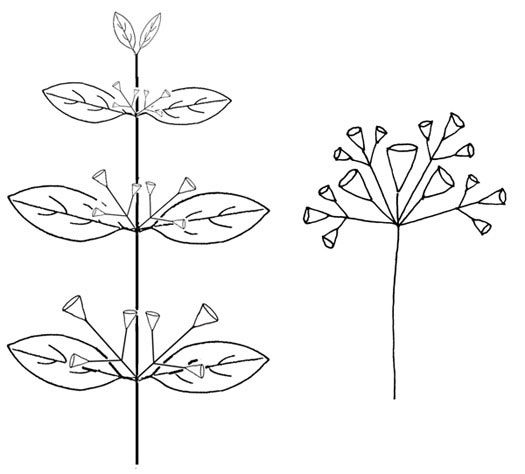 , straight or slightly curved.
, straight or slightly curved.
moist to wet places, riparianriparian:
(adj) growing by rivers or streams; of, adjacent to, or living on, the banks of a river, lake, pond, etc.
 areas, margins of ponds, rivers, streams, lakes, and canals, swamps, marshes, floodplains and other regularly inundated environments; semi-arid to humid regions with high annual rainfall
areas, margins of ponds, rivers, streams, lakes, and canals, swamps, marshes, floodplains and other regularly inundated environments; semi-arid to humid regions with high annual rainfall
A genus consisting of about 55 fast-growing species. Many species are used agriculturally as green manure, fodder, and soil improvement; most notably Sesbania grandiflora, S. herbacea, and S. sesban. The foliage, flowers, and especially immature seeds of some species contain volumes of saponin great enough to be toxic to humans and animals when ingested.